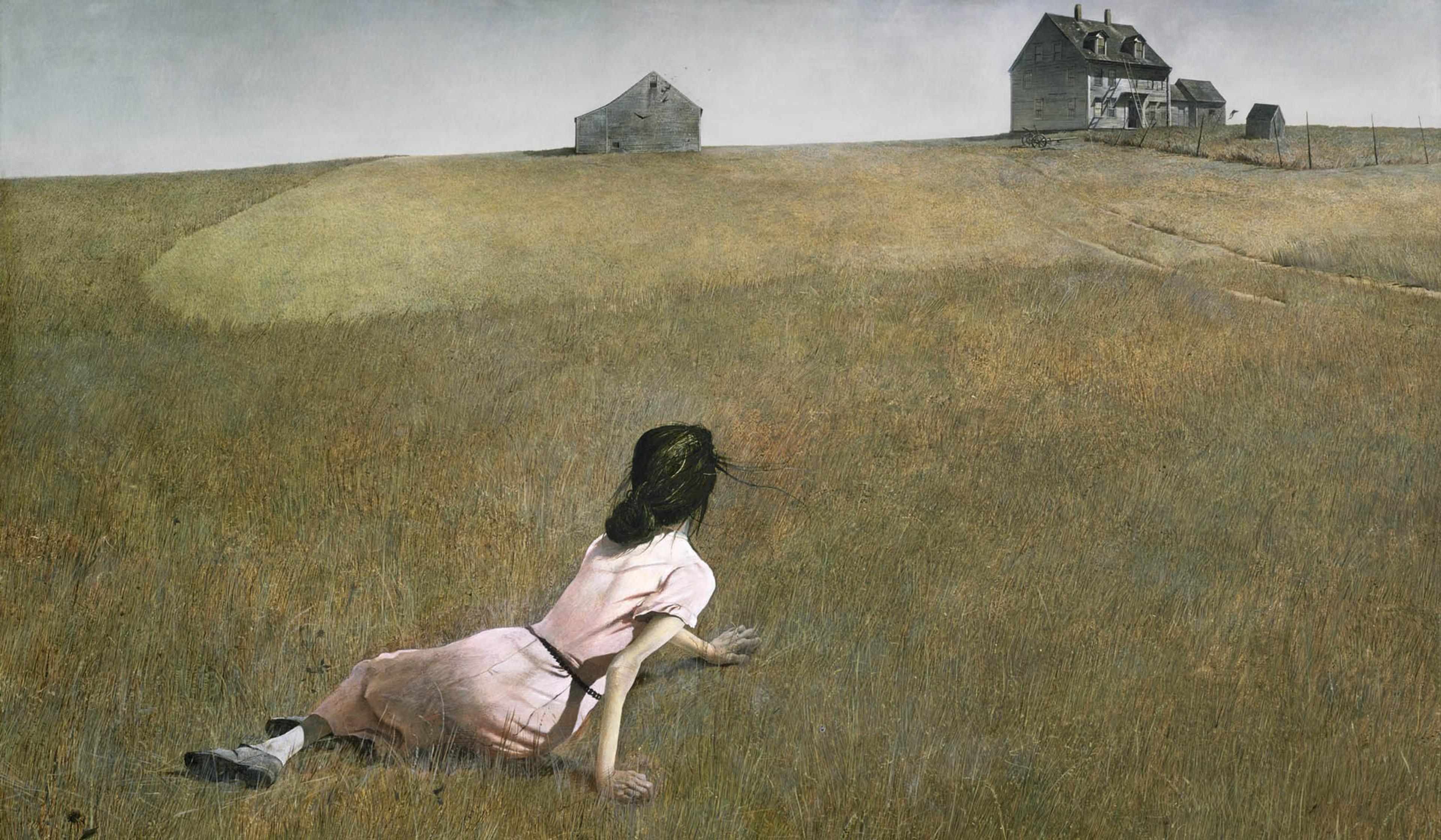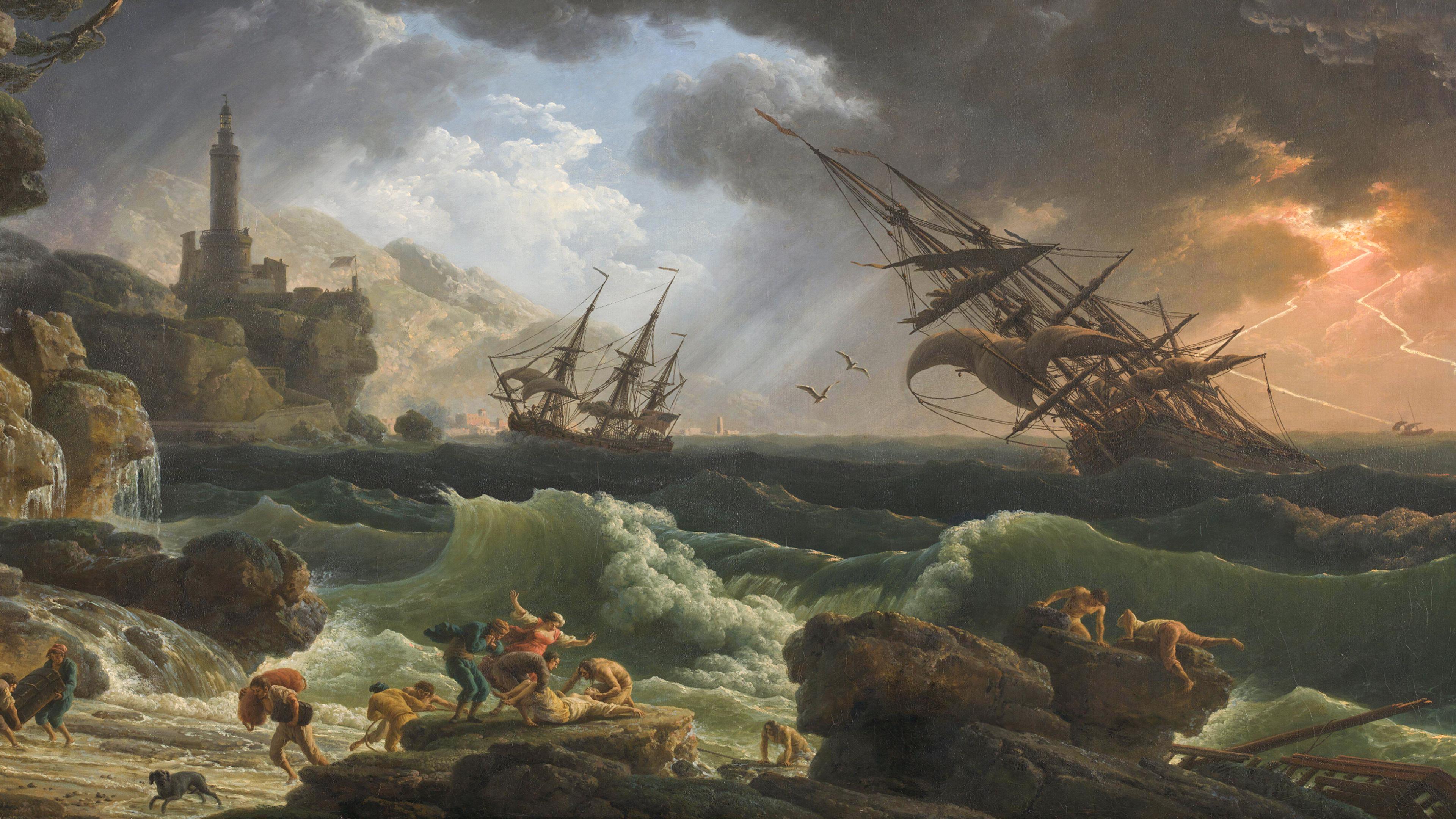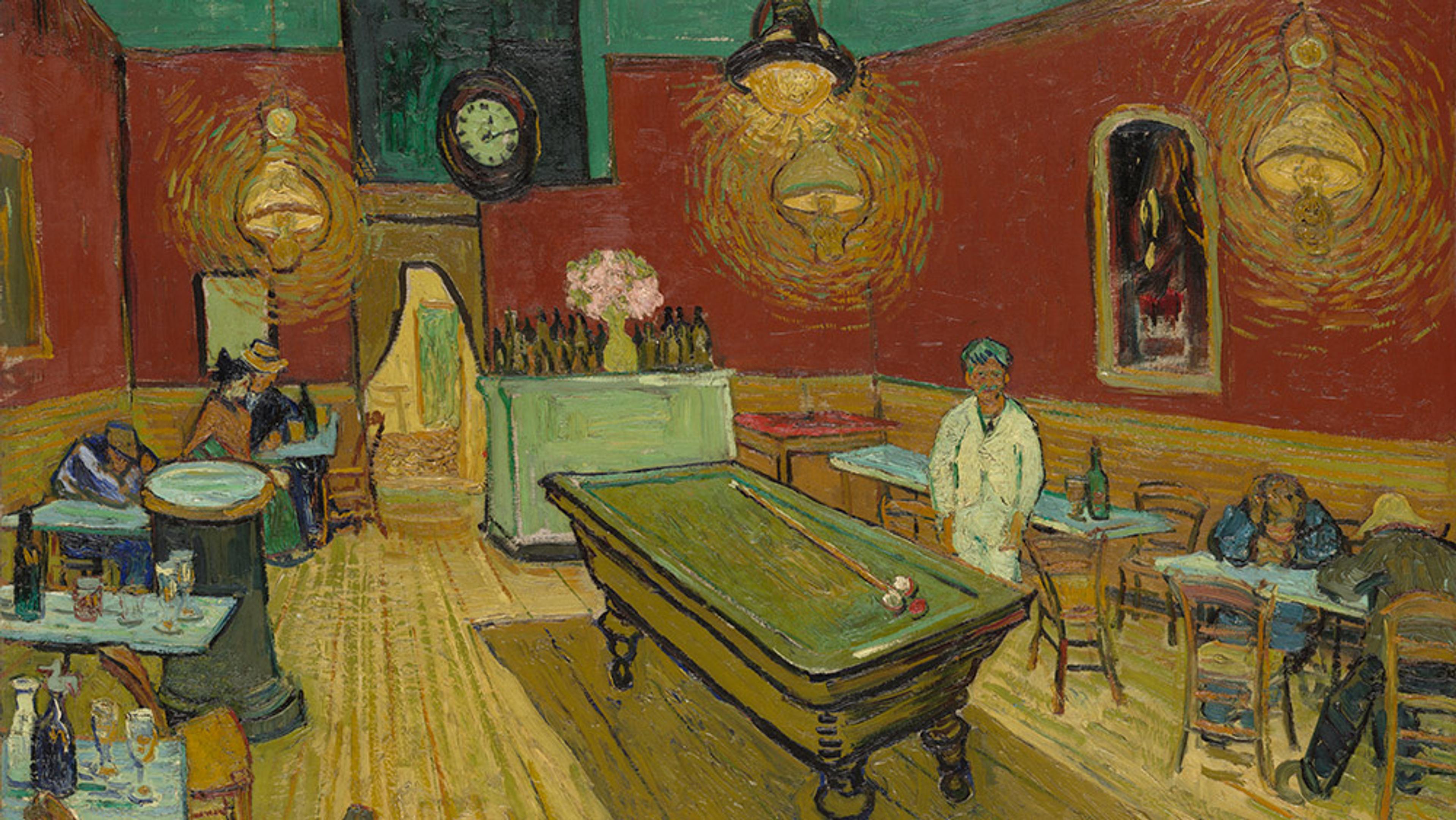The painter Caspar David Friedrich (1774-1840) is perhaps the poster boy of German Romanticism – an aesthetic and artistic movement that, in the wake of Enlightenment’s rationalism, sought transcendence in the splendour of the natural world. Friedrich was best known for his landscapes, often featuring human figures encountering the overwhelming beauty of nature. And, as Evan Puschak (also known as the Nerdwriter) explores in this video essay, Friedrich often mined beauty from scenes that appeared cold and austere, rather than warm and welcoming. Because of these humbling depictions of people set against nature’s imposing grandeur, Puschak argues that Friedrich is the perfect artist for the final ‘punishing months’ of winter, when, in many parts of the Northern Hemisphere, the warm joys of the holiday season have solidified into a deep, enduring frost.
Why Caspar David Friedrich pits nature’s grandeur against the humble human
Video by The Nerdwriter
31 January 2022

videoHistory of ideas
What can the Romantics teach us about confronting modern problems?
20 minutes

videoBeauty and aesthetics
For Ruskin, words couldn’t capture nature’s palette. So here it is in black and white
6 minutes

videoArt
‘I built the ground thinking of her’: the story of Andrew Wyeth’s ‘Christina’s World’
8 minutes

videoStories and literature
To capture grief in poetry is to describe the ineffable. Here’s why Tennyson did it best
8 minutes

videoBeauty and aesthetics
In art, the sublime is a feedback loop, evolving with whatever’s next to threaten us
9 minutes

videoArt
When is art a better tool for understanding mental illness than science?
8 minutes


